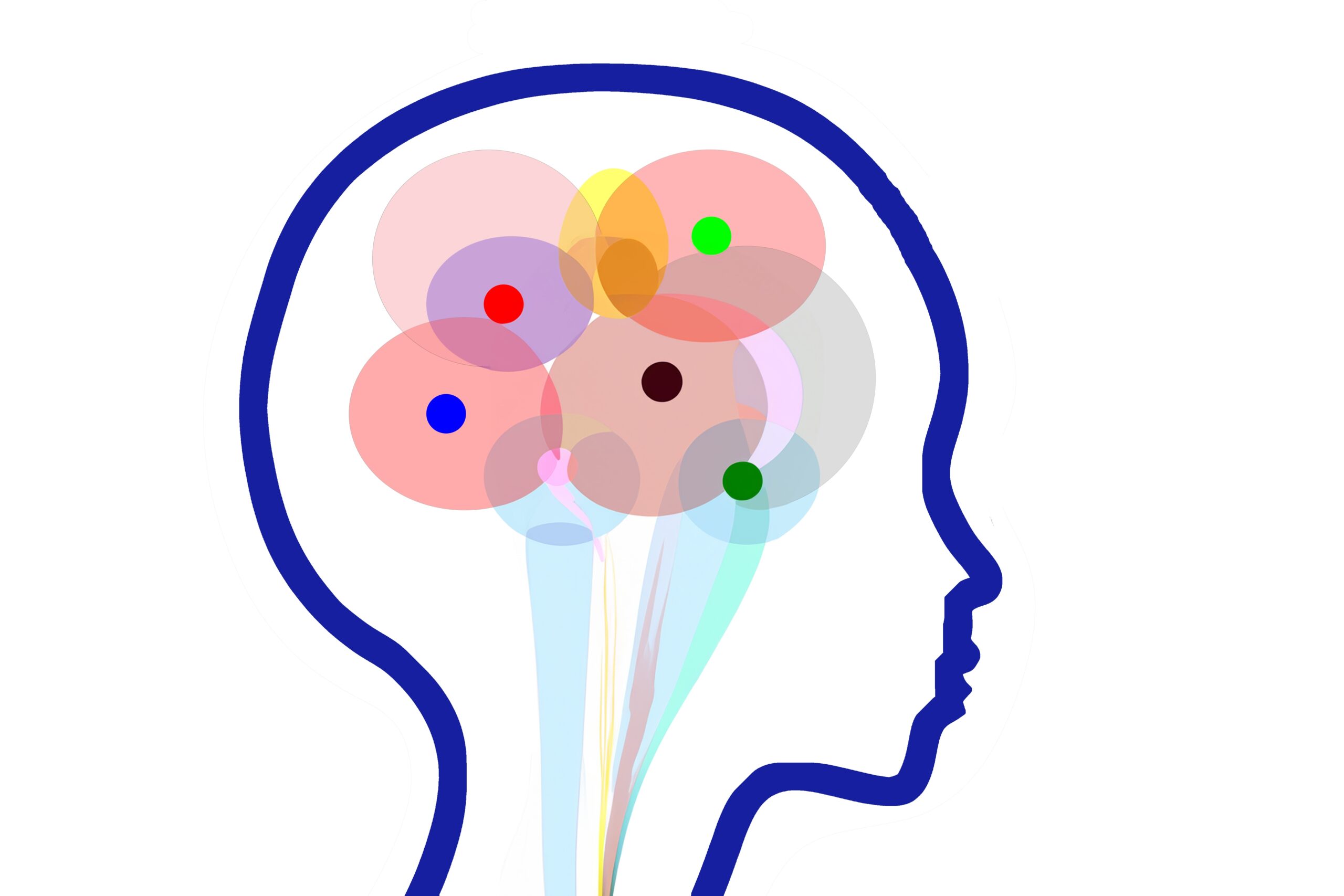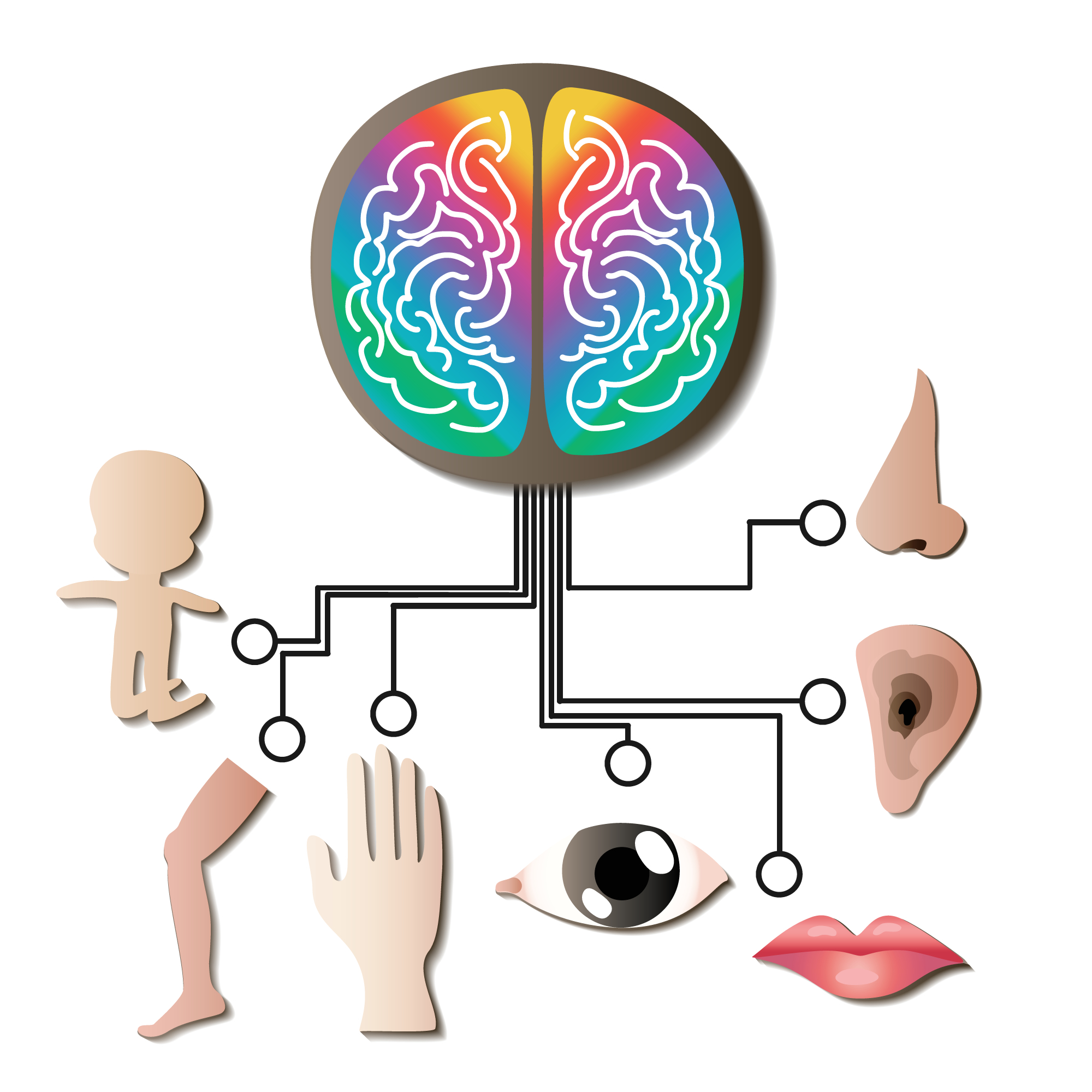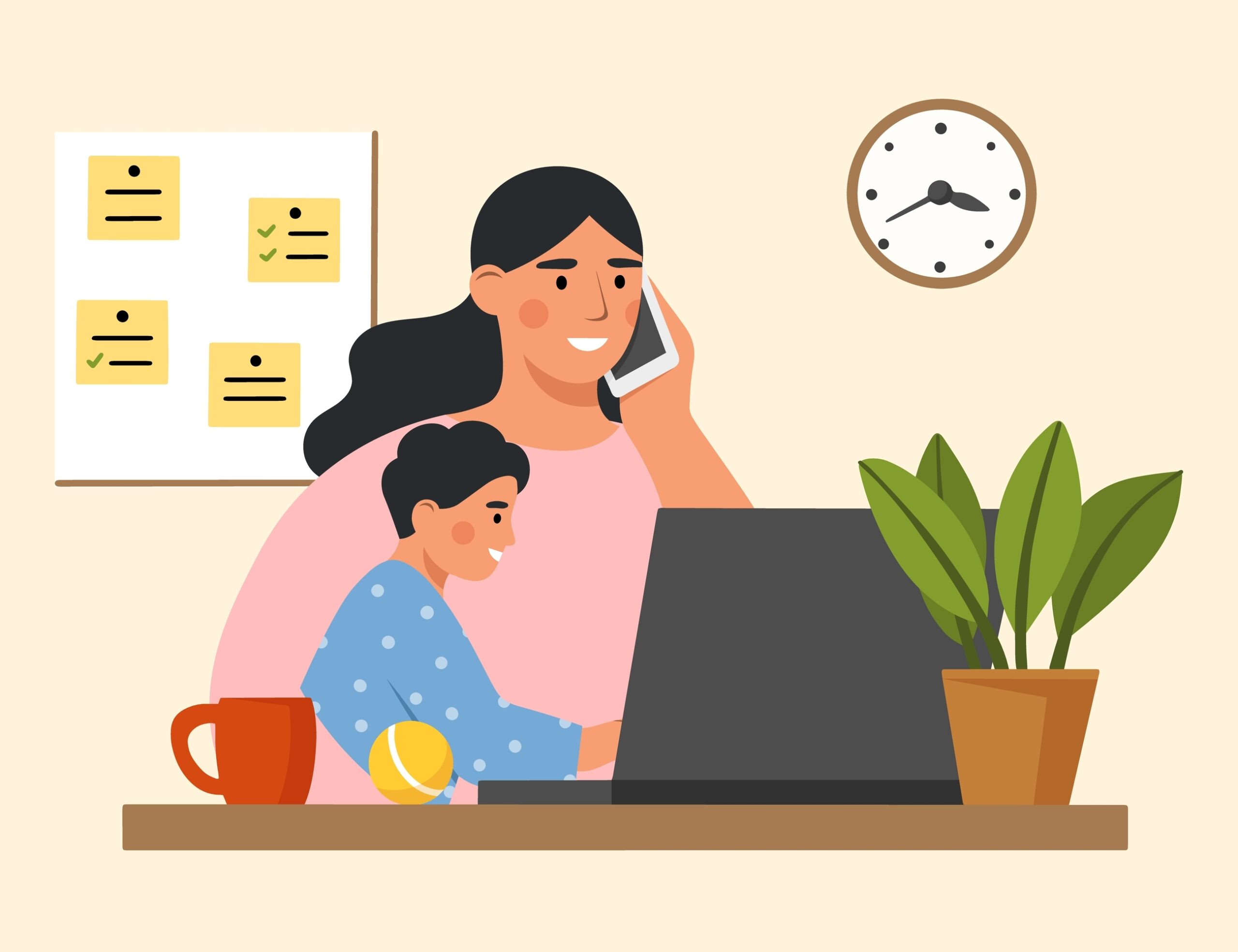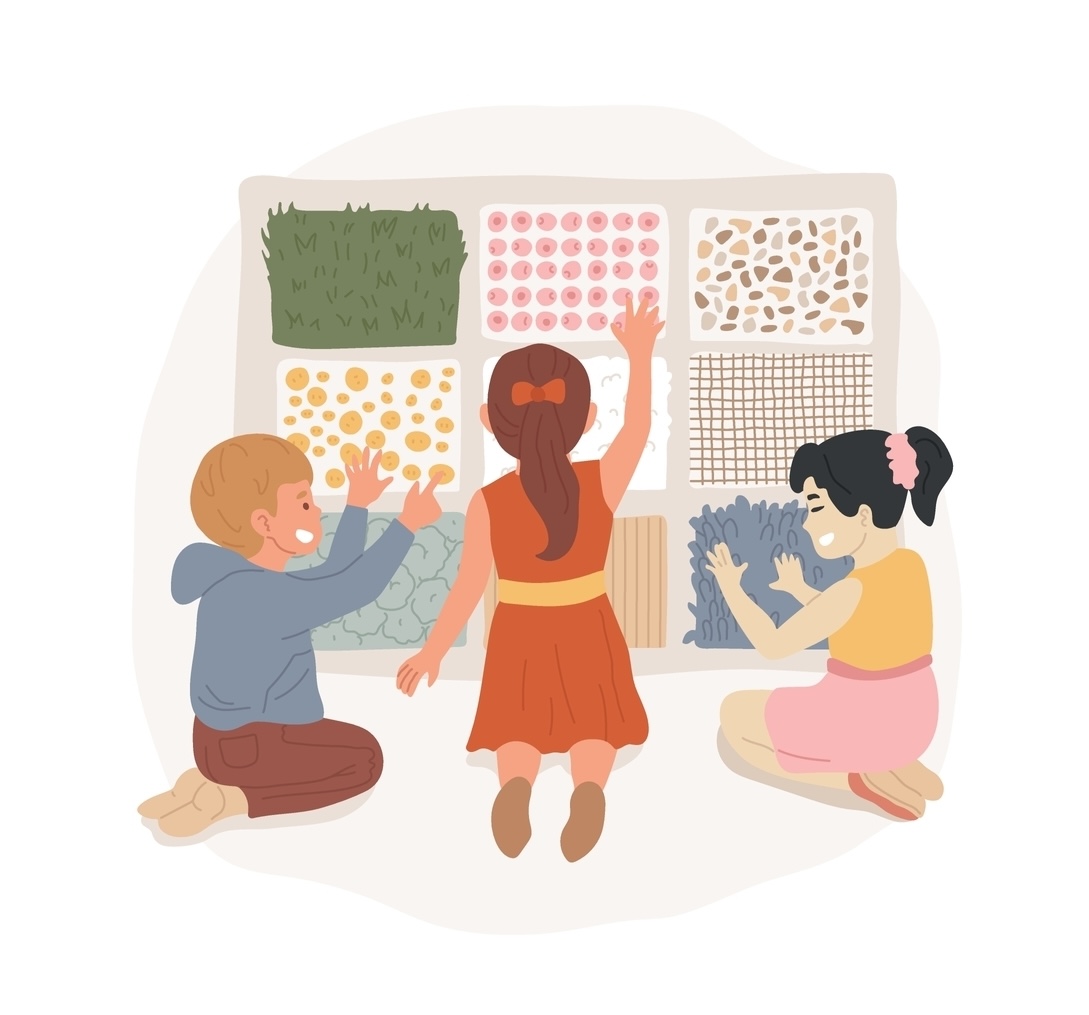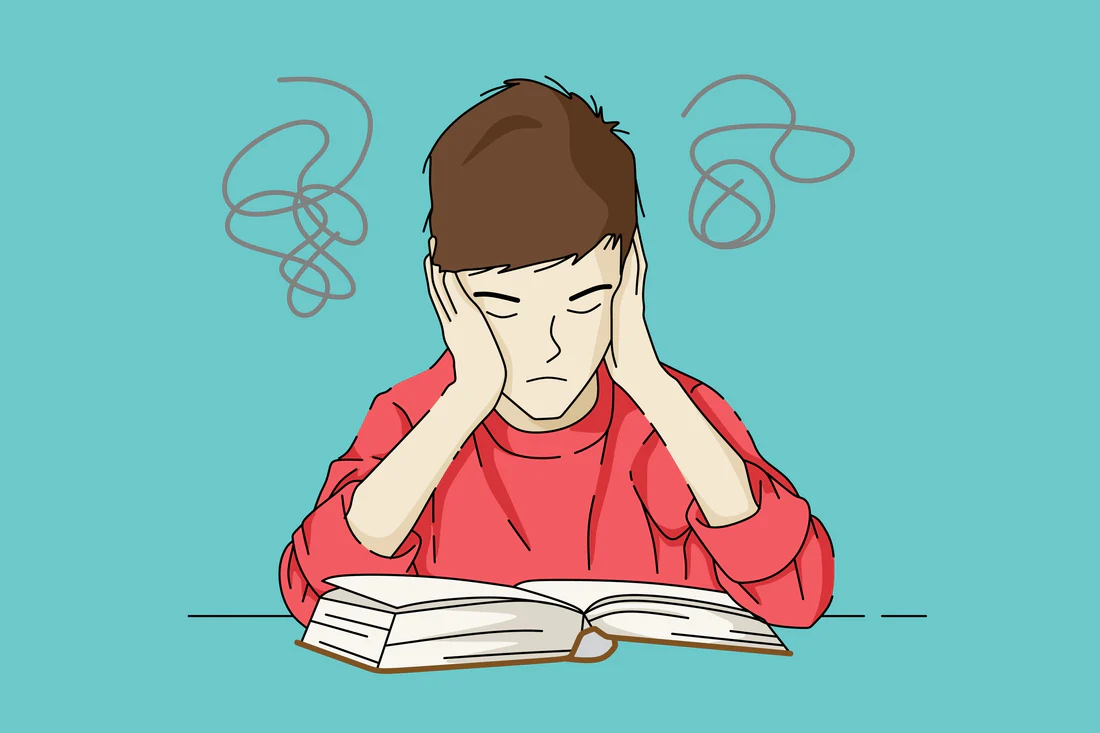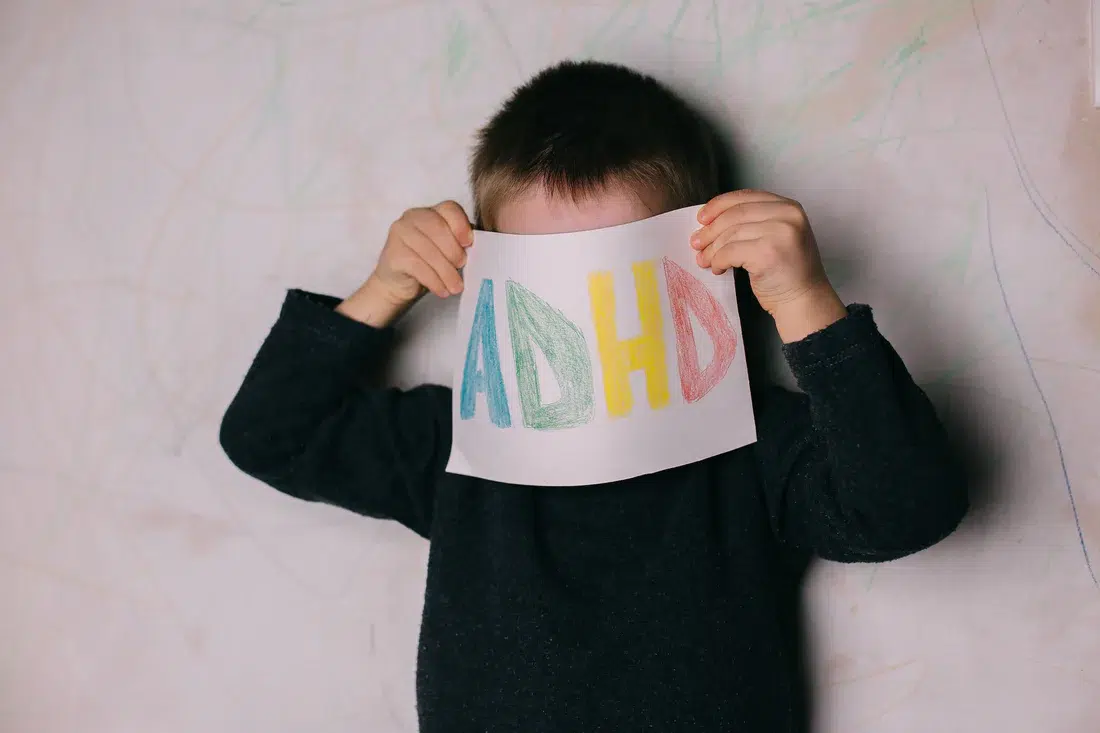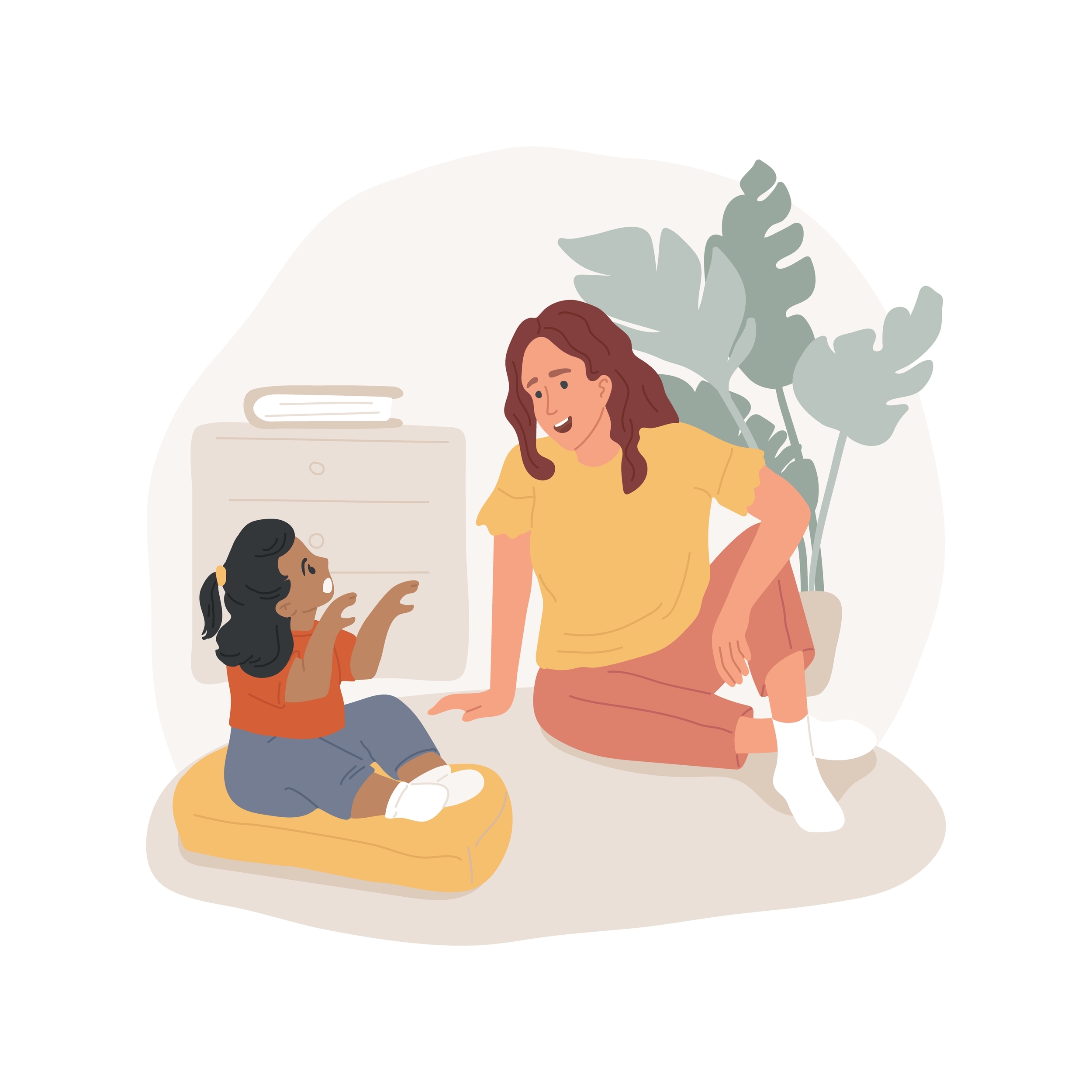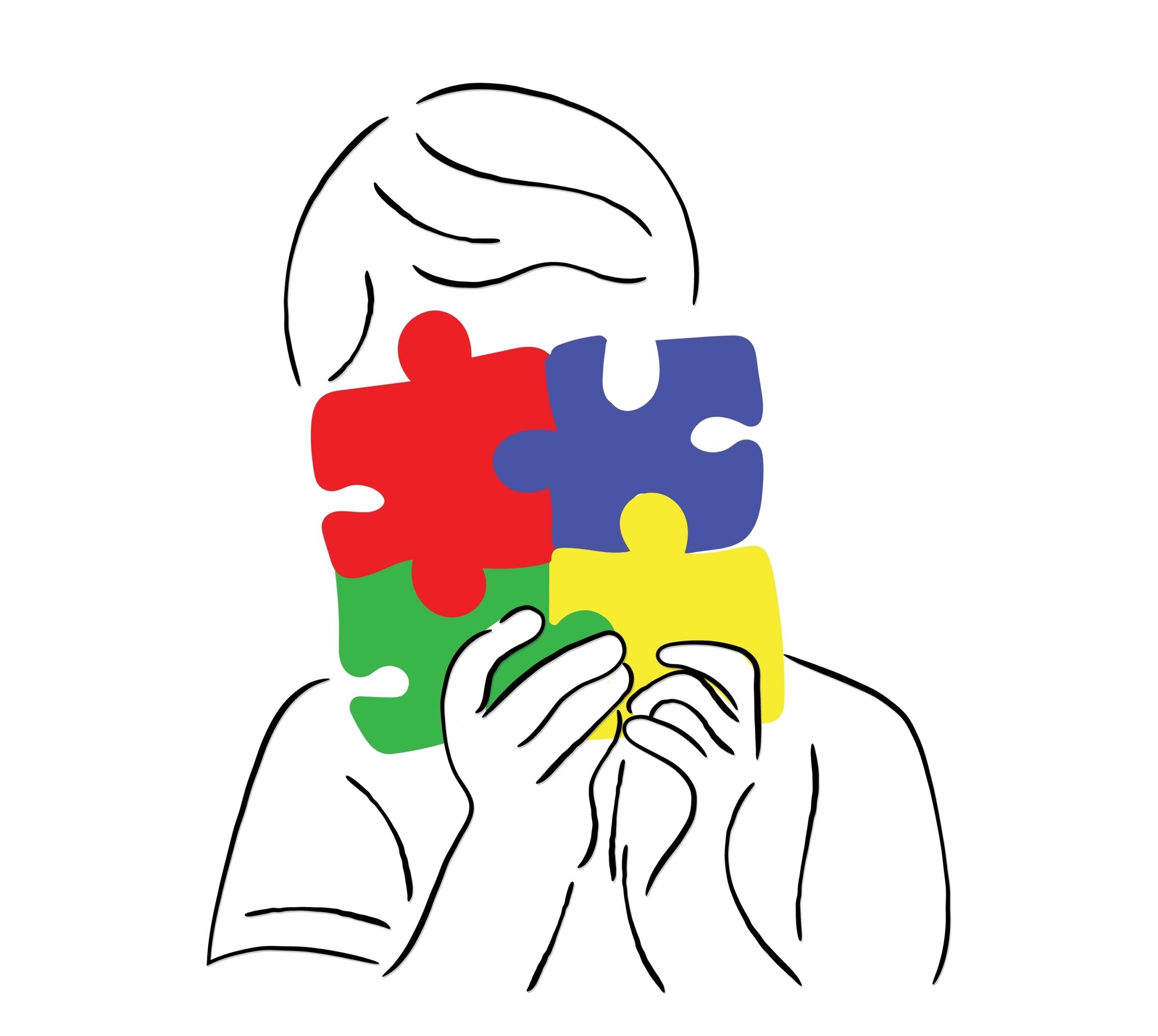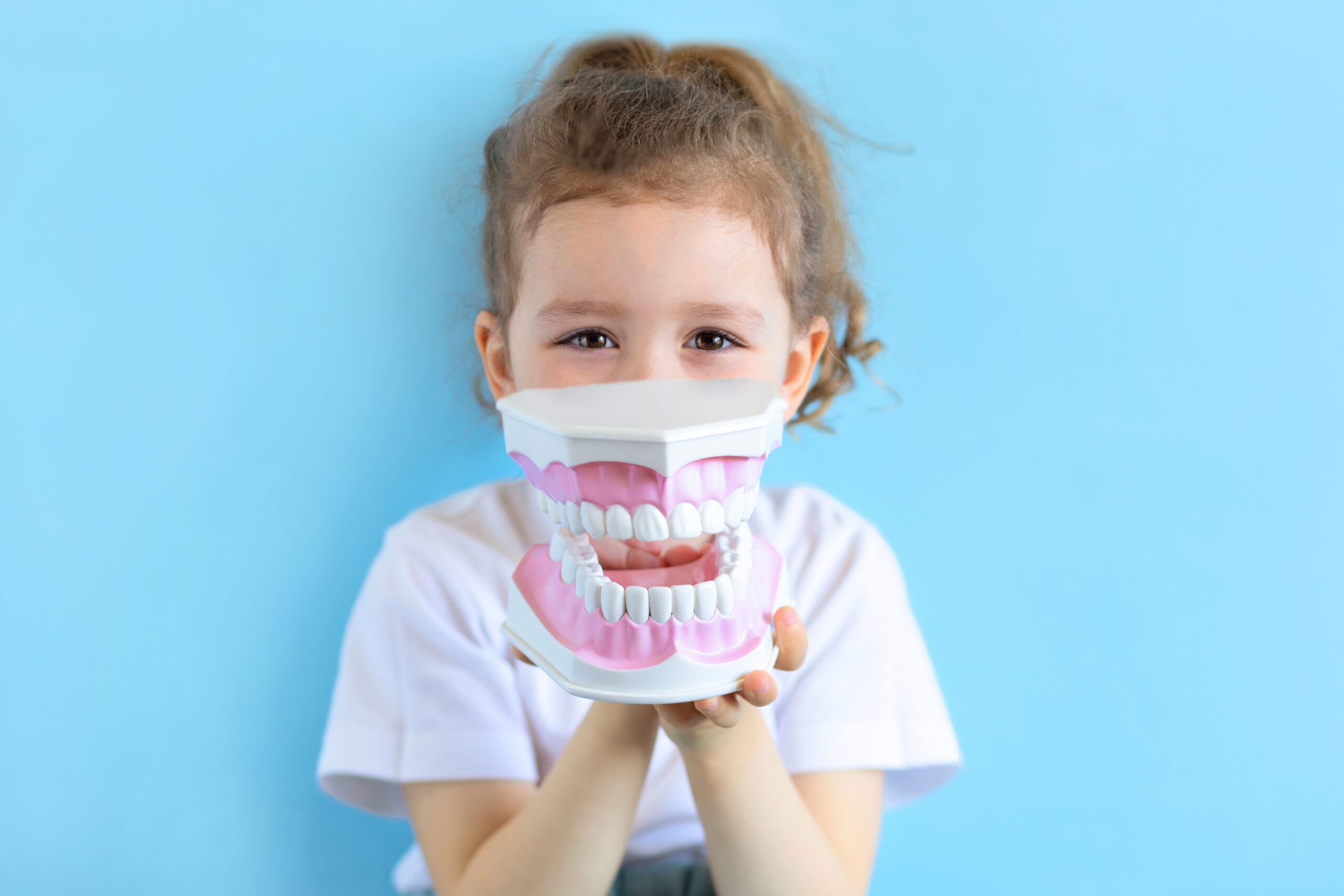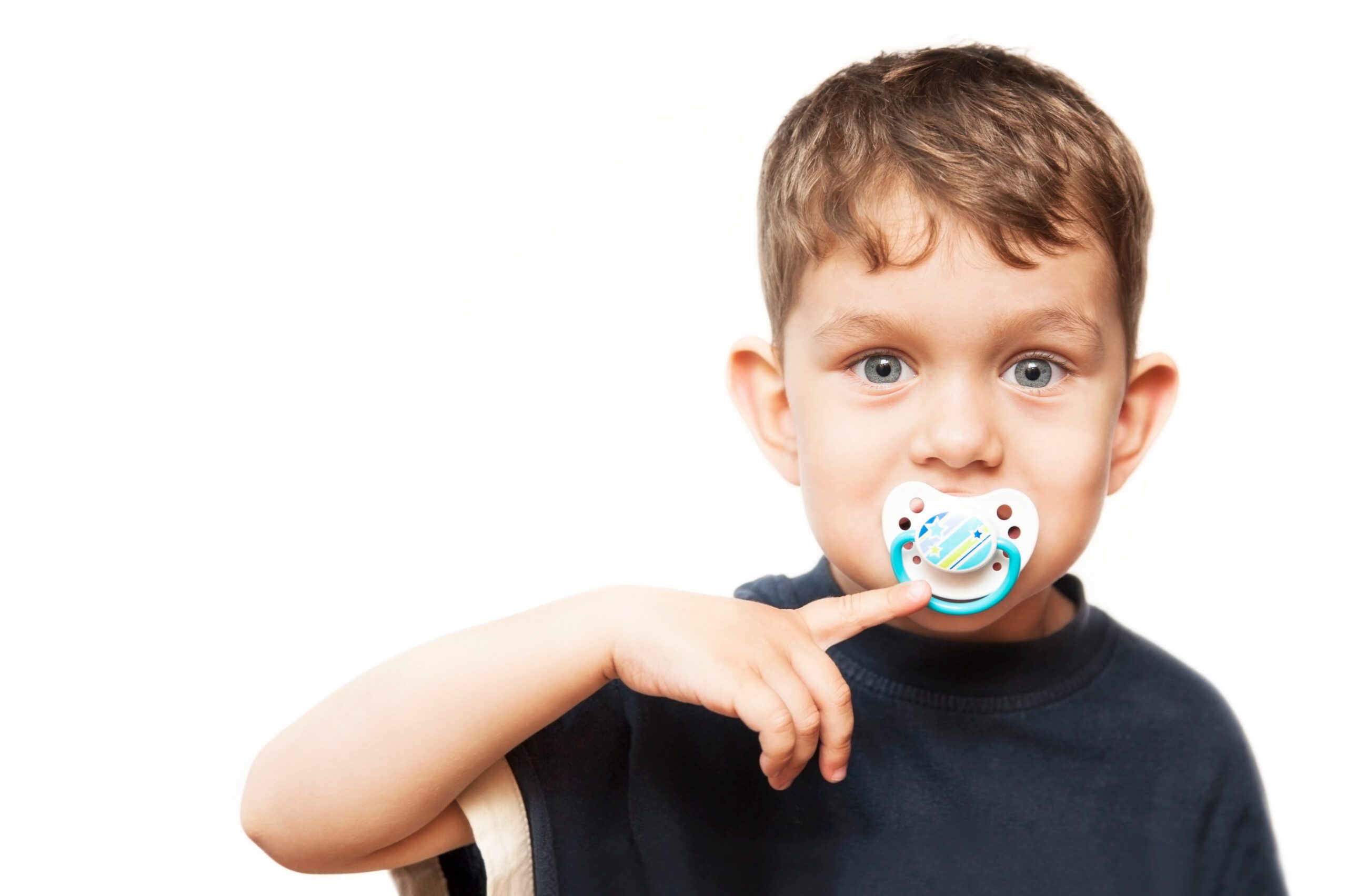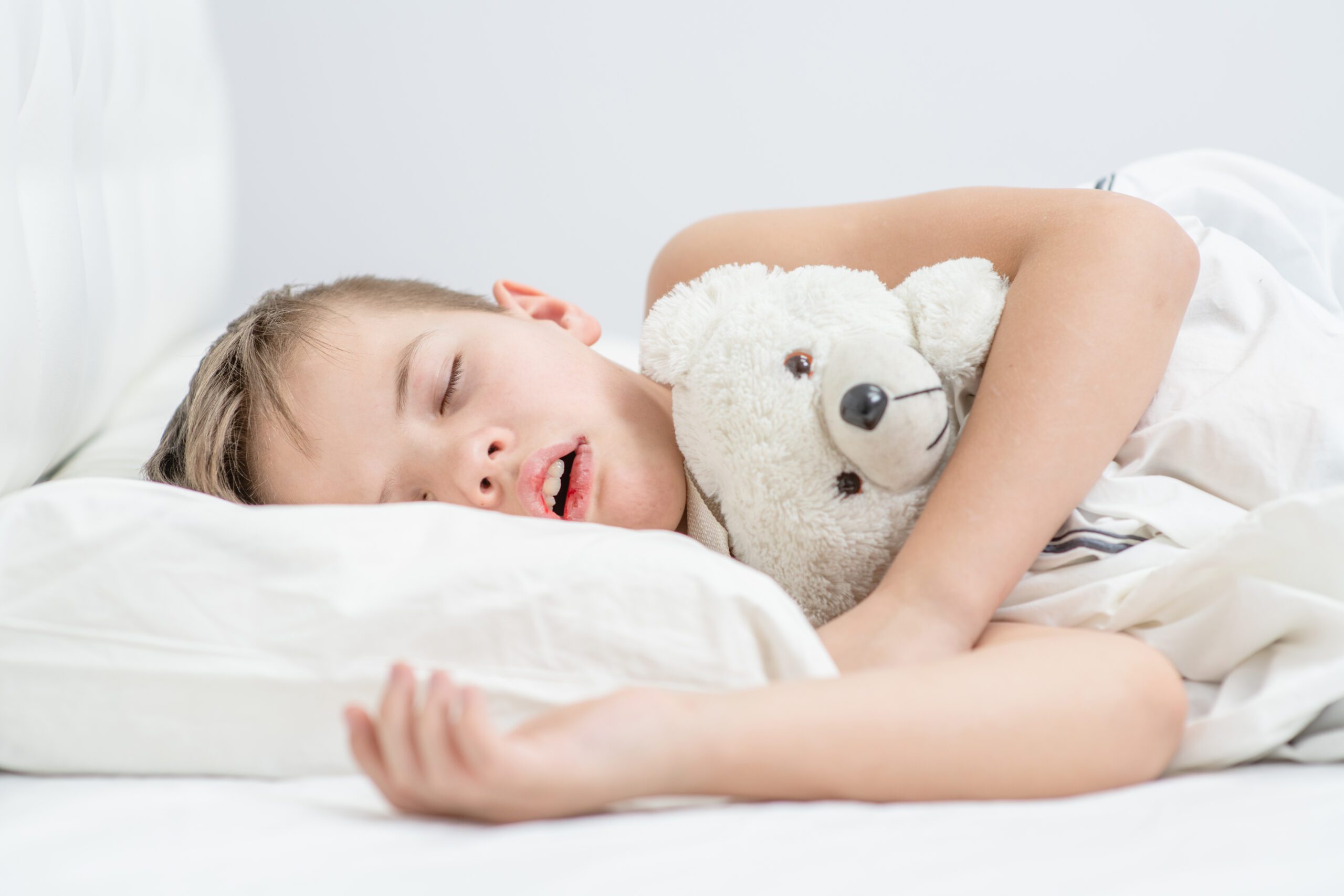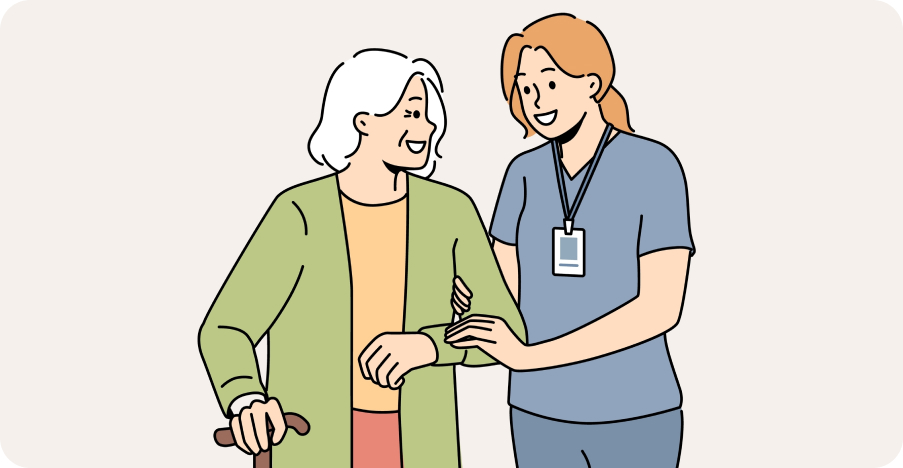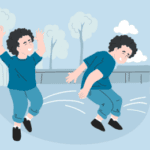
Blog
ADHD vs. Sensory Processing Disorder: Key Differences
Author: DrSensory
August 7, 2025
ADHD vs. Sensory Processing Disorder: Key Differences
Your child is constantly in motion, has trouble focusing on homework, and often experiences big emotional meltdowns. Is it ADHD? Or could it be something else? As a parent, watching your child struggle with inattention, hyperactivity, and emotional regulation can be confusing and concerning. When you start researching, you quickly find that many of these behaviors overlap between two common conditions: Attention-Deficit/Hyperactivity Disorder (ADHD) and Sensory Processing Disorder (SPD).
Untangling the symptoms to understand the root cause of your child’s challenges is a critical step toward finding the right support. While ADHD and SPD can look very similar on the surface, they stem from different underlying neurological processes. Differentiating between them—or recognizing when they co-exist—is key to developing effective strategies that truly help your child thrive.
This guide will break down the definitions of ADHD and SPD, explore their overlapping symptoms, and provide clarity on how to tell the difference. Understanding the “why” behind your child’s behavior is the first step in providing meaningful support.
What Is ADHD?
Attention-Deficit/Hyperactivity Disorder (ADHD) is one of the most common neurodevelopmental disorders of childhood. It is primarily characterized by persistent patterns of inattention, hyperactivity, and impulsivity that interfere with functioning and development. The core of ADHD is a challenge with executive functions—the brain’s self-management system.
This system controls skills like organization, planning, working memory, and emotional regulation. In a person with ADHD, the parts of the brain responsible for these functions may have differences in development and chemical signaling.
ADHD is typically categorized into three main types:
- Predominantly Inattentive Presentation: The child has significant difficulty sustaining attention, following detailed instructions, and organizing tasks. They may seem forgetful, lose things frequently, and appear to be “daydreaming.”
- Predominantly Hyperactive-Impulsive Presentation: The child is often “on the go,” fidgets excessively, has trouble staying seated, and talks nonstop. Impulsivity may manifest as interrupting others or making hasty decisions without thinking through the consequences.
- Combined Presentation: The child exhibits a mix of both inattentive and hyperactive-impulsive symptoms.
What Is Sensory Processing Disorder?
Sensory Processing Disorder (SPD) is a neurological condition where the brain has trouble receiving, responding to, and organizing information that comes in through the senses. While not yet recognized as a standalone diagnosis in the main medical manuals, it is widely acknowledged and treated by occupational therapists.
For most people, the process of interpreting sensory input is automatic. We filter out irrelevant background noise and effortlessly process the feel of our clothes. For a child with SPD, this process is inefficient. Their nervous system may either overreact or underreact to sensory stimuli.
SPD can manifest in several ways:
- Hypersensitivity (Over-Responsiveness): Everyday sensory input can feel overwhelming. The child may be distressed by loud noises, bright lights, certain food textures, or the feeling of tags on their clothes.
- Hyposensitivity (Under-Responsiveness): The child may seem to have a muted response to sensory input. They may not notice pain, have poor body awareness, and appear clumsy or “in their own world.”
- Sensory Seeking: The child actively craves intense sensations. They may love to spin, crash into things, chew on non-food items, and make loud noises, all in an effort to get the sensory input their body needs to feel regulated.
Overlapping Symptoms of ADHD and SPD
The confusion between ADHD and SPD is understandable because their symptoms can look nearly identical. A child’s behavior is the final output, but the reason behind it can differ.
Here are some of the most common overlapping behaviors:
- Inattention: A child with ADHD may be inattentive because their brain struggles with executive function. A child with SPD may be inattentive because they are distracted by an uncomfortable seam in their sock, a flickering fluorescent light, or the hum of the air conditioner that no one else notices.
- Hyperactivity and Fidgeting: A child with ADHD may fidget due to an internal feeling of restlessness. A child with SPD may be constantly moving because their body is seeking sensory input to feel organized and calm. This movement helps them regulate their nervous system.
- Emotional Meltdowns: An ADHD brain can struggle with emotional regulation, leading to intense reactions. For a child with SPD, a meltdown is often a physiological response to sensory overload—their nervous system is in a state of fight-or-flight from being overwhelmed by sensory input.
- Difficulty with Social Interactions: A child with ADHD might miss social cues because of inattention or impulsively interrupt others. A child with SPD may struggle in social settings because the noise and unpredictable touch of a group are overwhelming, or they may have poor awareness of personal space.
How to Differentiate Between ADHD and SPD
While a formal diagnosis must be made by qualified professionals, you can become a detective to uncover the “why” behind your child’s behavior. The key is to look at the context and consider the root cause.
Ask yourself these questions:
- Is the behavior sensory-based? Try to connect the challenging behavior to a specific sensory trigger. Does the inattention get worse in the loud cafeteria? Does the hyperactivity increase after a long period of sitting still? If you can trace the behavior back to an environmental or sensory cause, it might point toward SPD.
- What is the motivation for the movement? A child with ADHD-driven hyperactivity often moves without a clear goal—it’s a release of internal restlessness. A sensory-seeking child often moves with a purpose: to crash, spin, or get deep pressure. Their movement is a tool for self-regulation.
- How does the child respond to sensory input? A child with ADHD may be annoyed by a loud noise, but a child with SPD may experience it as physically painful, leading to a much more intense and visceral reaction. Observe if the behaviors are a direct response to touch, sound, sight, or movement.
- Does the behavior persist in all environments? ADHD symptoms are typically present across various settings (home, school, social events). While SPD challenges also exist across settings, they can often be significantly improved or worsened by changing the sensory environment. For example, a child may be able to focus well in a quiet room but not in a visually busy classroom.
If you suspect either ADHD, SPD, or both, the next step is to seek a professional evaluation. A developmental pediatrician or psychologist can evaluate for ADHD, while an occupational therapist specializing in sensory integration is the expert for diagnosing and treating SPD. A comprehensive evaluation is crucial, as many children have both conditions concurrently.

Frequently Asked Questions (FAQs)
❓Can a child have both ADHD and SPD?
Yes, it is very common for ADHD and SPD to co-occur. Research suggests that a significant percentage of children with ADHD also have sensory processing challenges. In these cases, a dual approach to treatment that addresses both executive function and sensory needs is most effective.
❓What is the main difference in treatment for ADHD vs. SPD?
ADHD treatment often involves a combination of medication (stimulants or non-stimulants), behavioral therapy, and parent training to manage executive function challenges. SPD treatment is primarily managed through occupational therapy, which uses a “sensory diet” of activities to help regulate the nervous system.
❓Why isn’t SPD in the DSM-5?
The Diagnostic and Statistical Manual of Mental Disorders (DSM-5) does not currently list SPD as a standalone disorder. This is partly because sensory issues are a recognized symptom of other conditions, like autism and ADHD. However, occupational therapists widely recognize and treat SPD as a distinct condition.
❓My child is a ``sensory seeker.`` How is that different from hyperactivity?
While both involve a lot of movement, the underlying drive is different. Hyperactivity in ADHD is often a need to release excess energy. Sensory seeking is a proactive effort to get intense input (like spinning or crashing) that the nervous system needs to feel calm and organized.
❓Who should I see first if I suspect my child has one of these conditions?
A great starting point is your child’s pediatrician. They can conduct an initial screening, rule out other medical issues, and provide referrals. They can refer you to a psychologist or developmental pediatrician for an ADHD evaluation and to an occupational therapist for a sensory processing evaluation.
related blogs
Your child is constantly moving, crashing into furniture, or having meltdowns in response to seemingly minor things like a loud
Your toddler refuses to wear certain clothes, has huge meltdowns in noisy places, or is an extremely picky eater, limited
Your child seems to miss verbal instructions, struggles to follow conversations in noisy environments, and often asks "what?" even when
On the surface, autism and Ehlers-Danlos syndrome (EDS) might seem like two entirely unrelated conditions. One is a neurodevelopmental condition
The intense head pain begins, lights feel blindingly bright, and every sound seems amplified to an unbearable level. You retreat




